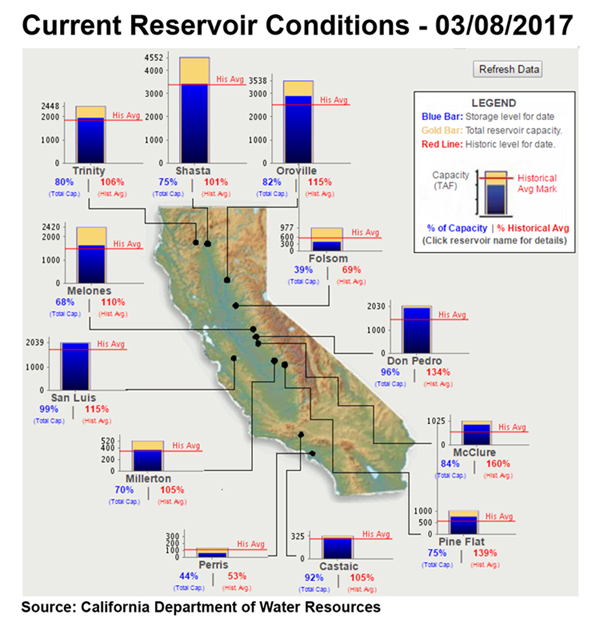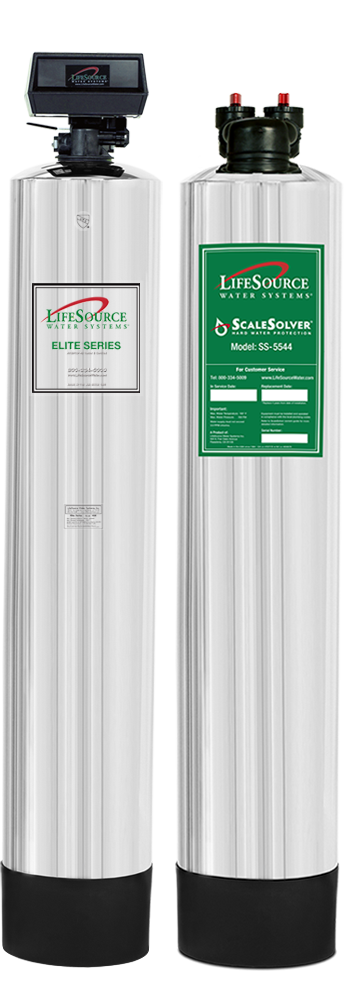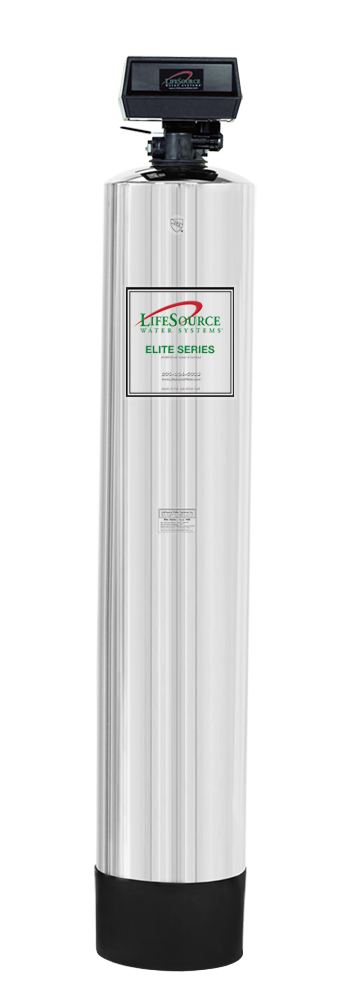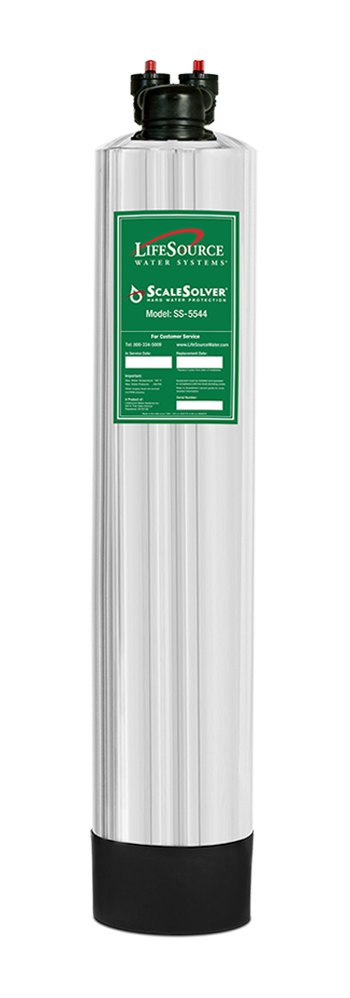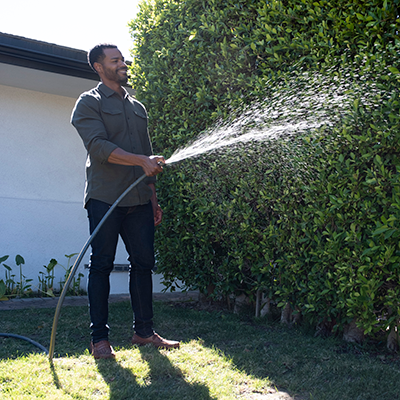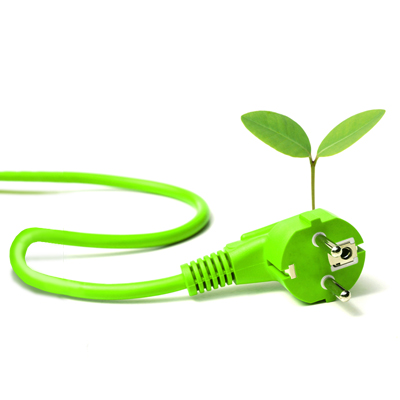
The California Drought: Is it Over Yet?
Record Breaking Storms Sweep California
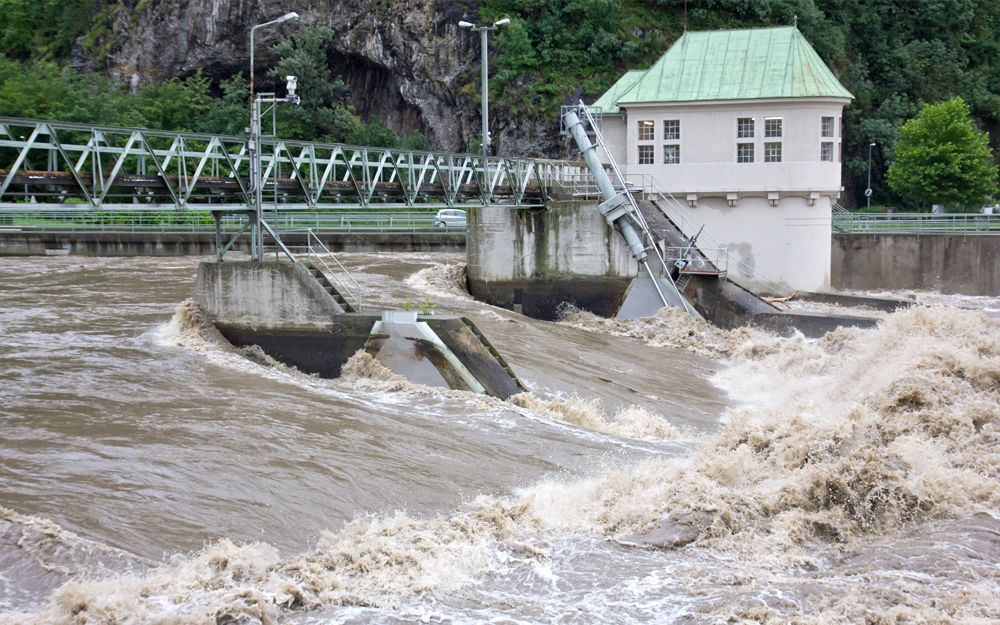
Reports state that the storms of 2017 have been the largest and most significant rainfall California has endured in over 30 years. According to CaliforniaDrought.org, over 70 percent of the state is now considered to be drought free. However, nine percent of the state is still experiencing moderate to severe drought conditions. While the drought might not be completely over for California, the percentage of the state that is still in the drought has decreased over 41 percent in just the past month alone.
Heavy rainfall has also meant an increase in water levels for California reservoirs. Just north of Sacramento, Lake Oroville spilled over during recent storms causing the evacuation of 188,000 local residents. Now that the rain has let up, water levels in Lake Oroville have dropped to low-enough levels to accommodate rain for the rest of the season. Once the water level decreased, scientists determined that the heavy amount of rain and water flow caused substantial damage to the concrete spillways, which prevented the large amounts of water to release into the river outlets. Engineers of the Oroville reservoir must now find a way to repair the spillway before the next rainy season.
For the past six years, California has been in the midst of a drought, while the past three have been declared a state of emergency. Northern and Southern California both experienced several consecutive dry winters. Reservoirs have been drying up and water restrictions have been at an all-time high. California was previously running on a rain deficit of 20-24 inches for the past six years.
According to the U.S. Drought Monitor, one year ago 86 percent of the state was classified as being in a drought. Last year, Lake Cachuma, that serves the city of Santa Barbara and neighboring cities, was close to empty. Recently the lake risen 31 feet. Castaic Lake is Los Angeles County has twice the amount of water it had last year. However, it’s still only at 71 percent capacity. The storm has had positive effects on the drought-stricken areas in California, but California isn’t out of the woods yet.
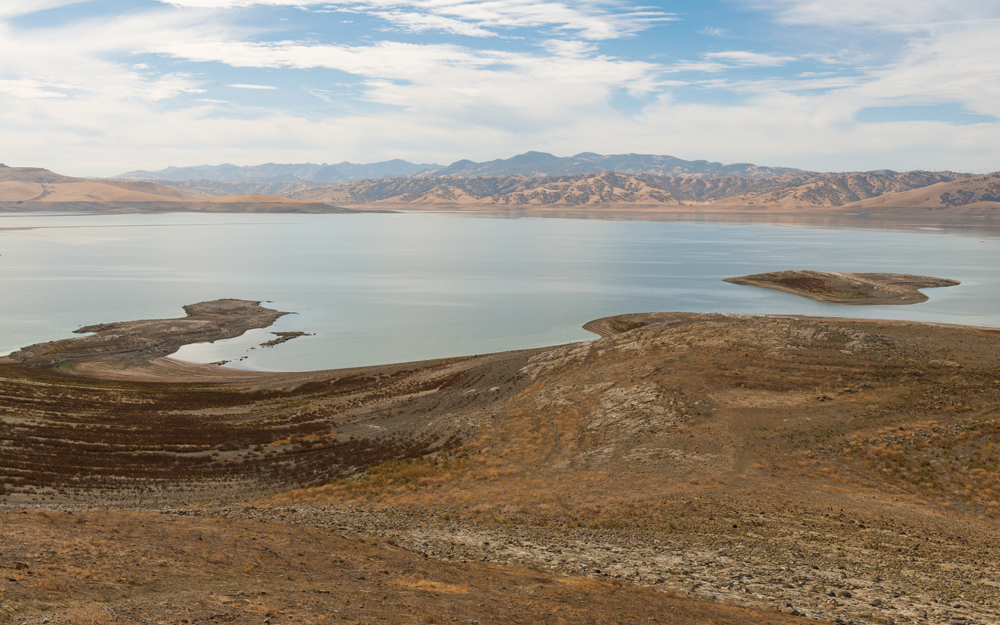
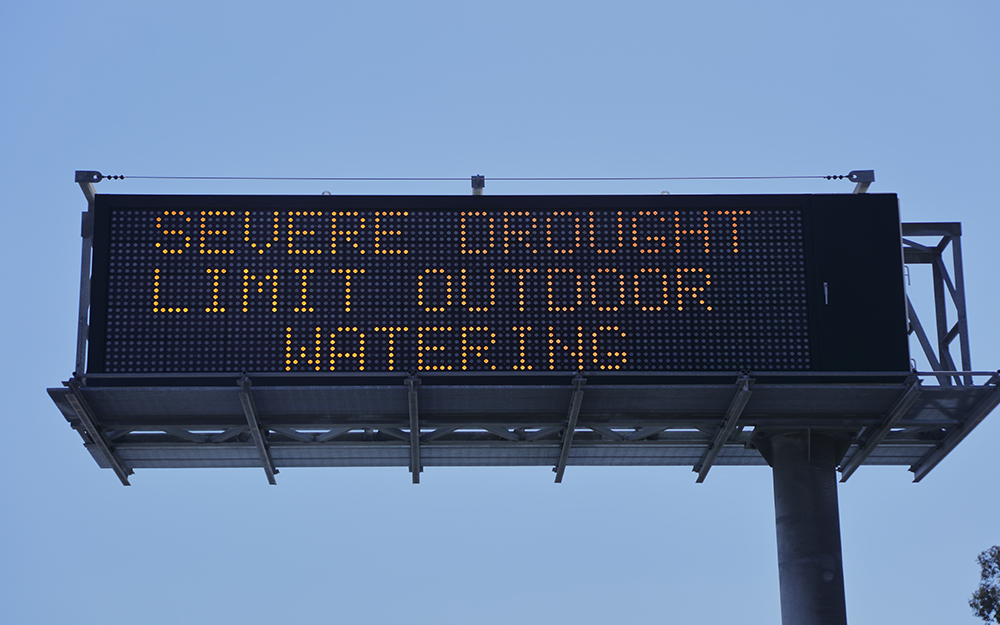
The State Water Resource Control Board has announced it will wait until the end of the rainy season to adjust any of the drought regulations, and make any declarations for the drought status. The excess moisture has increased the snowpack in the Sierra Nevada Mountains to 186 percent of its normal levels. Skiers are certainly happy since officials are stating that ski slopes in Mammoth and Lake Tahoe will likely be open well into July. California’s increased snowpack levels are very promising given that 1/3 of California’s water supply is snow runoff.
The reprieve in drought status may have many Californians wondering if there will be a relief in water usage restrictions and cost for water. According to the Drought Monitor, “We’ve had to let too much water run out to sea this winter, because we didn’t have any place to store it,” said Bill Diedrich, president of the California Farm Water Coalition.

California’s water system is extremely complex. Decisions on use can be made on the federal, state or local level — so it is hard to say what the abundance of water means for residents. Officials are using caution in case the recent storms aren’t a long-term solution to the drought, based on the state’s infrastructure of water storage. Regardless, the recent rain in California has certainly been a substantial gain for agriculture and for the water resources Californians utilize.
Reservoir conditions continue to improve across the state.
